Found this in a local shop for 300. Everything appears to match. However the crest is gone.
Would like a little more information on the markings and the gun itself. So i can learn more about it.
Thanks
![Image]()
![Image]()
![Image]()
![Image]()
![Image]()
![Image]()
![Image]()
![Image]()
Sent from my iPhone using Tapatalk
Would like a little more information on the markings and the gun itself. So i can learn more about it.
Thanks
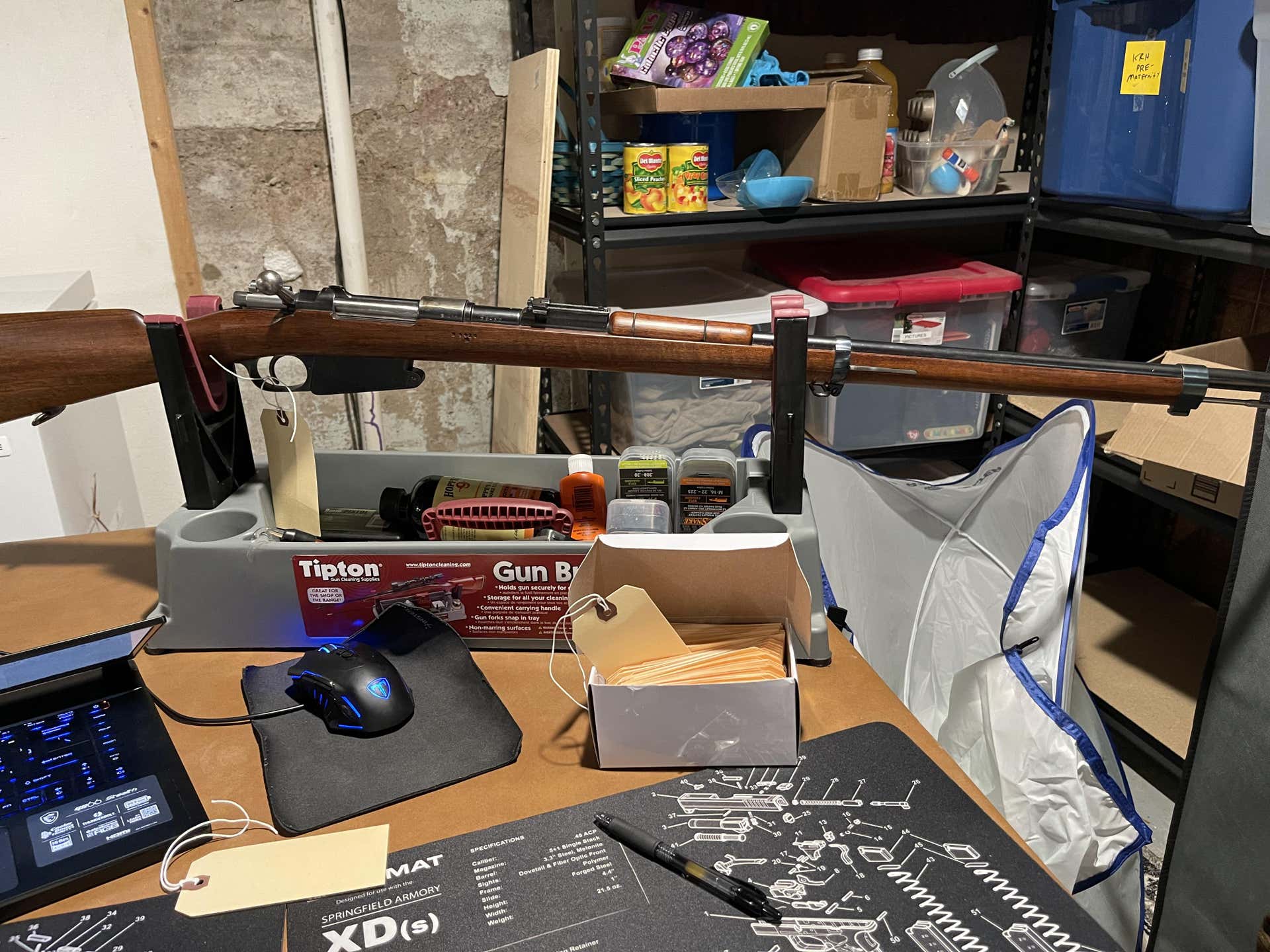
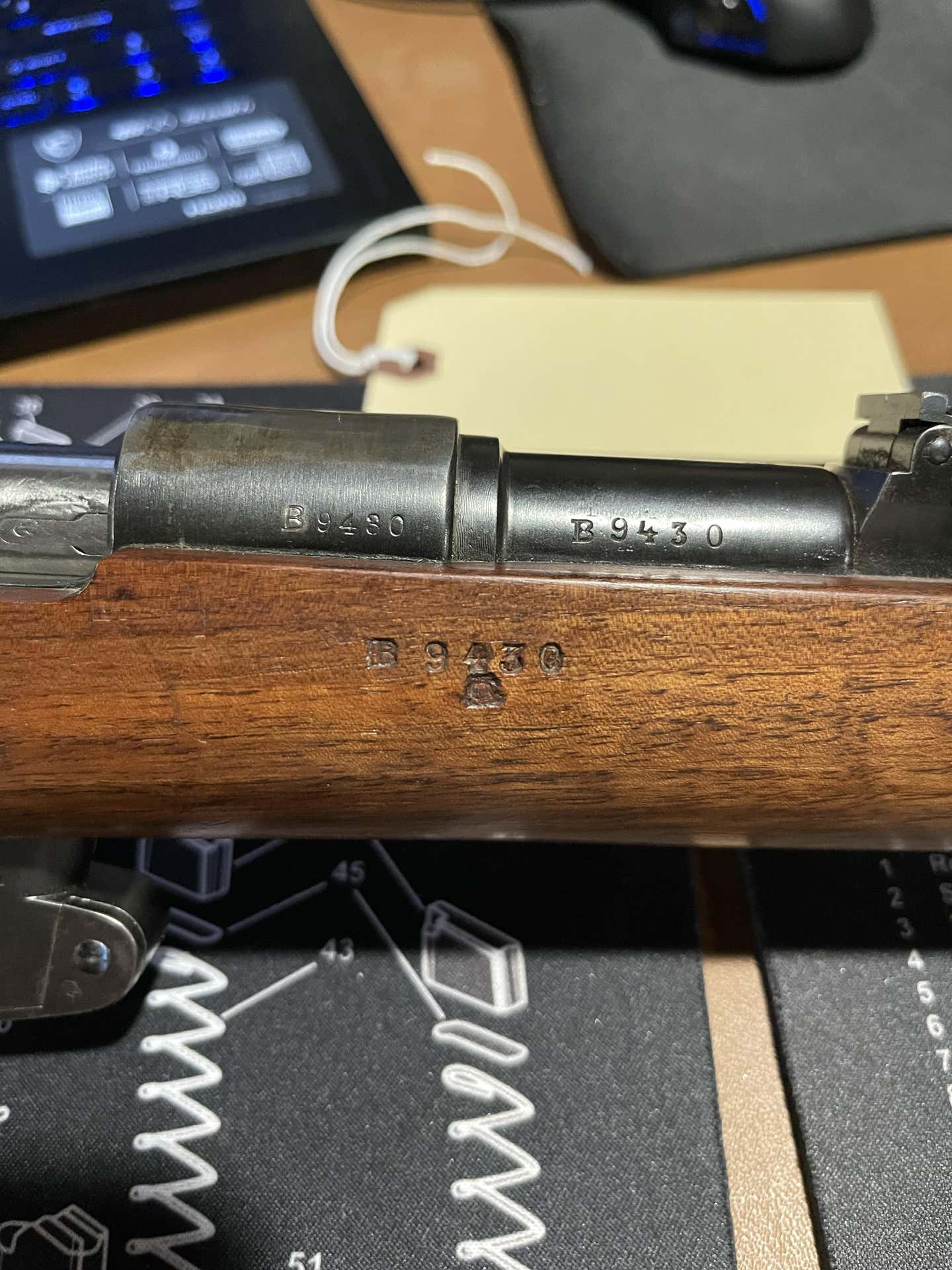
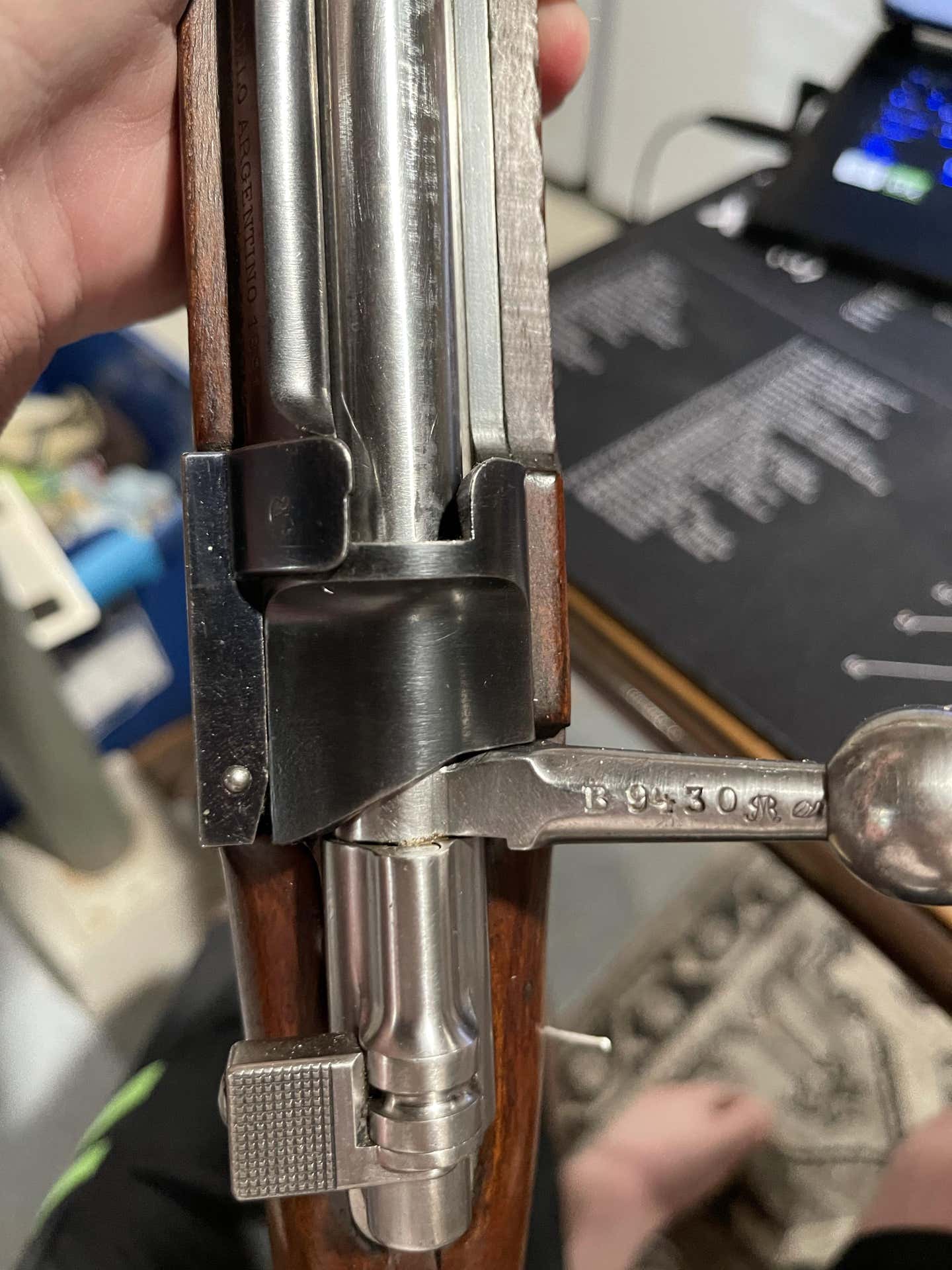
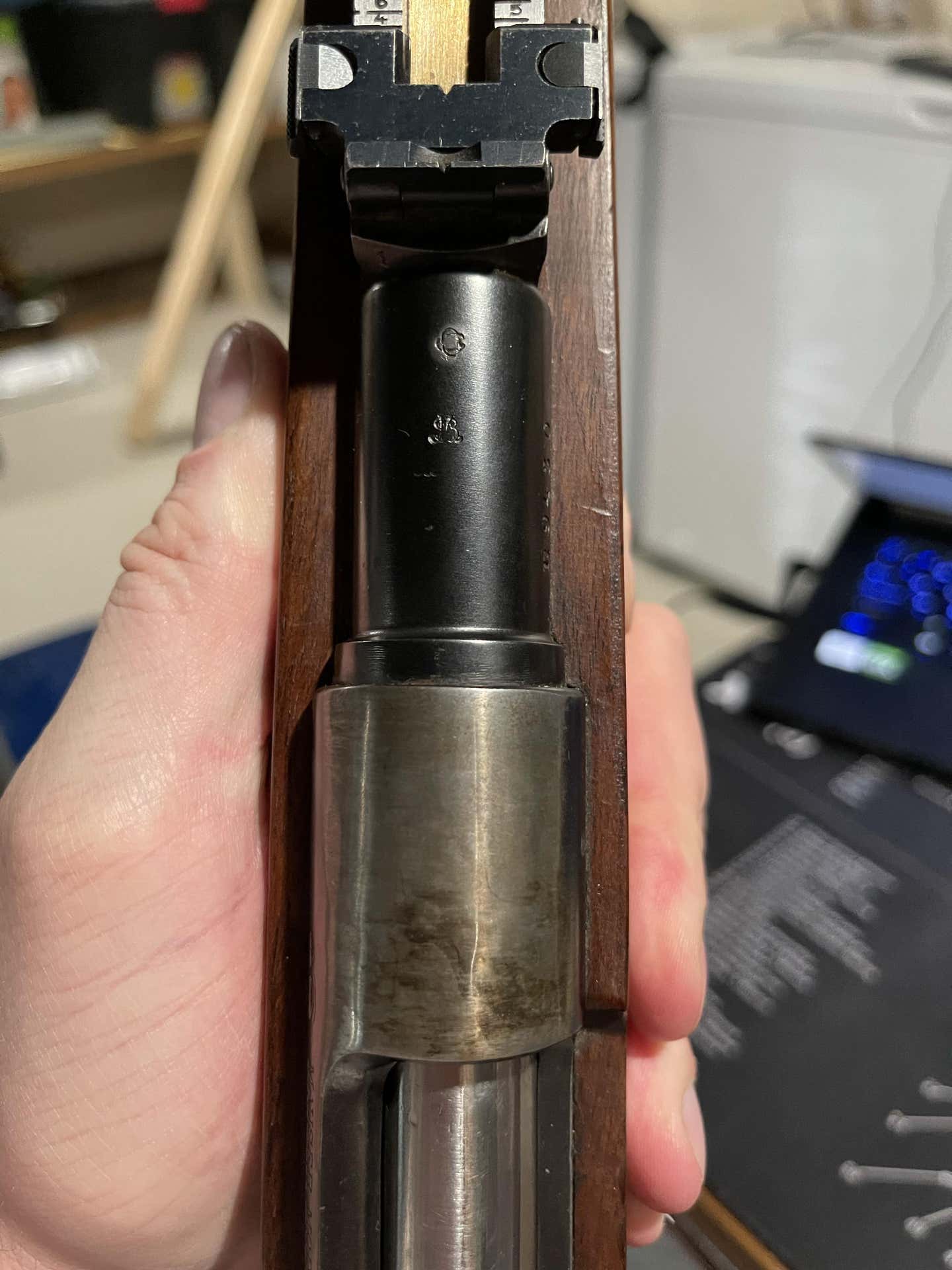
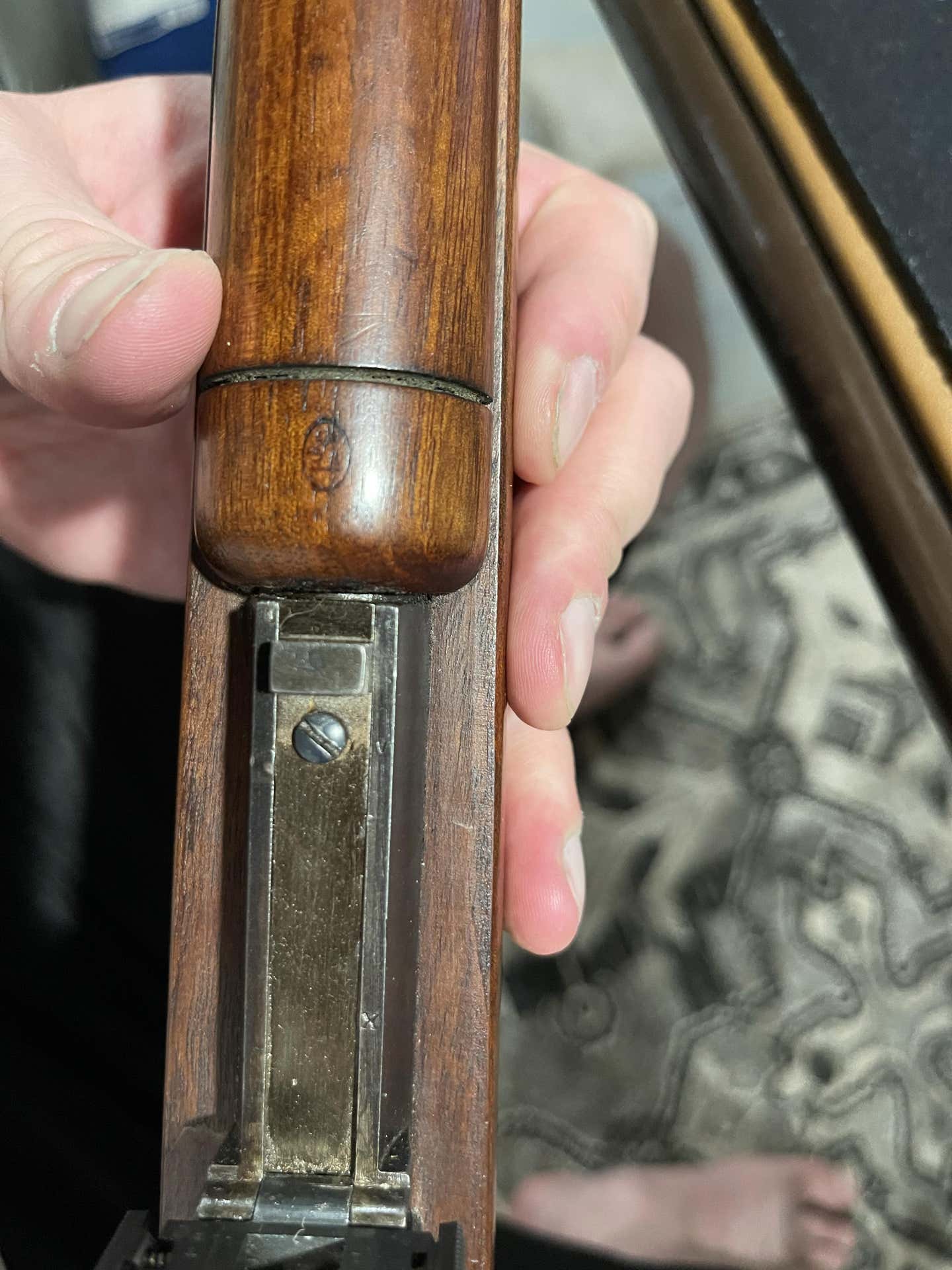
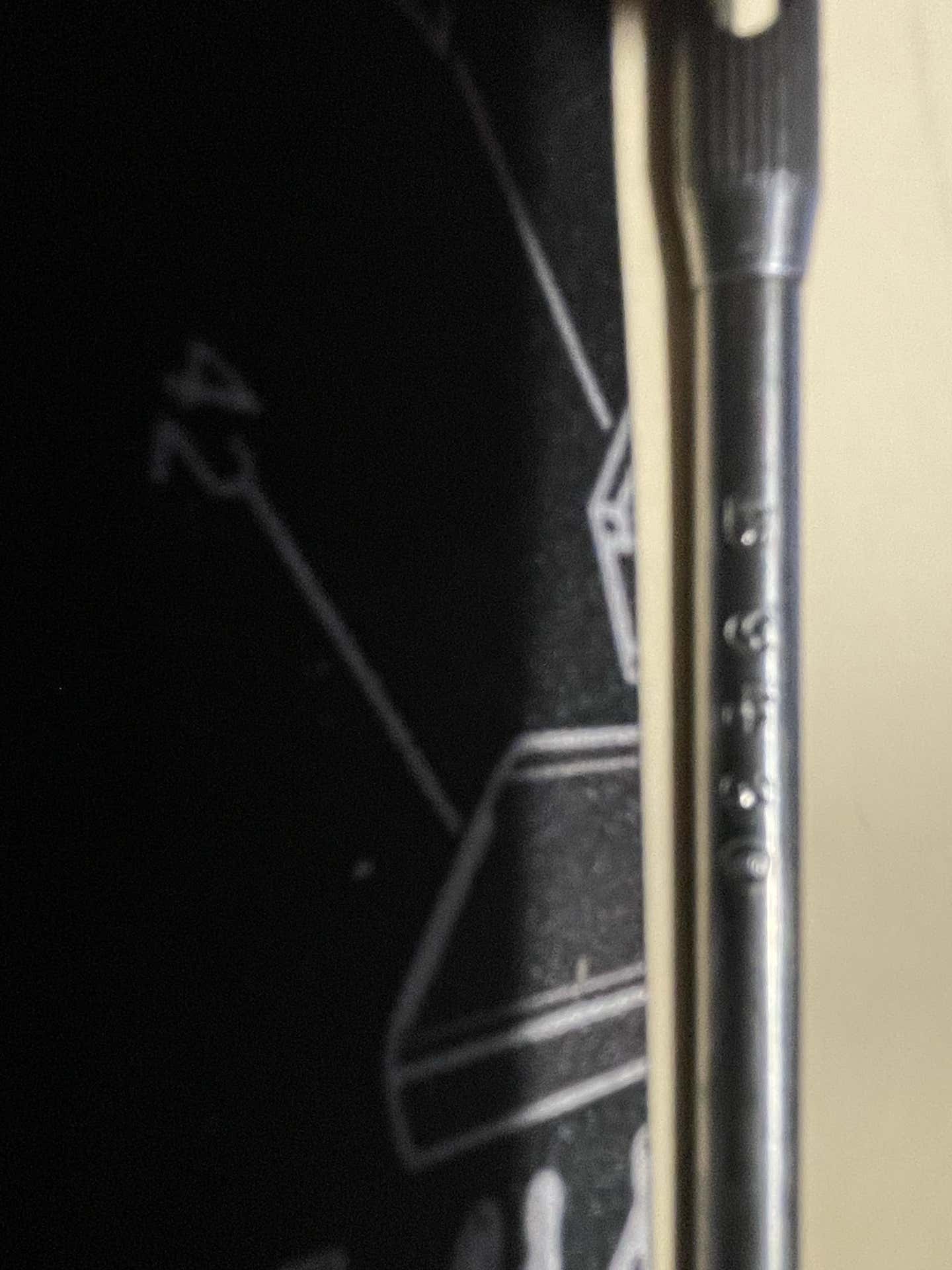
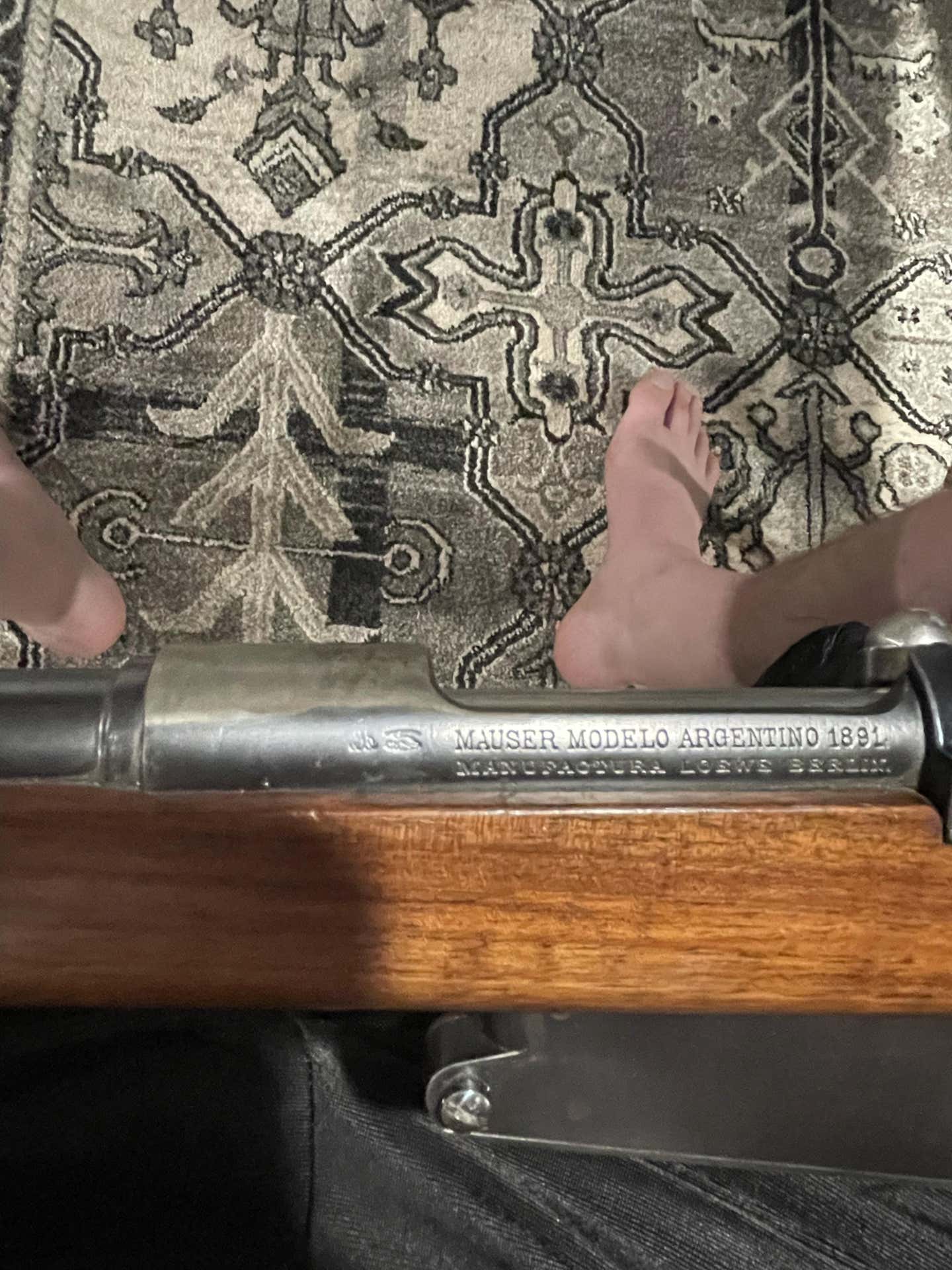
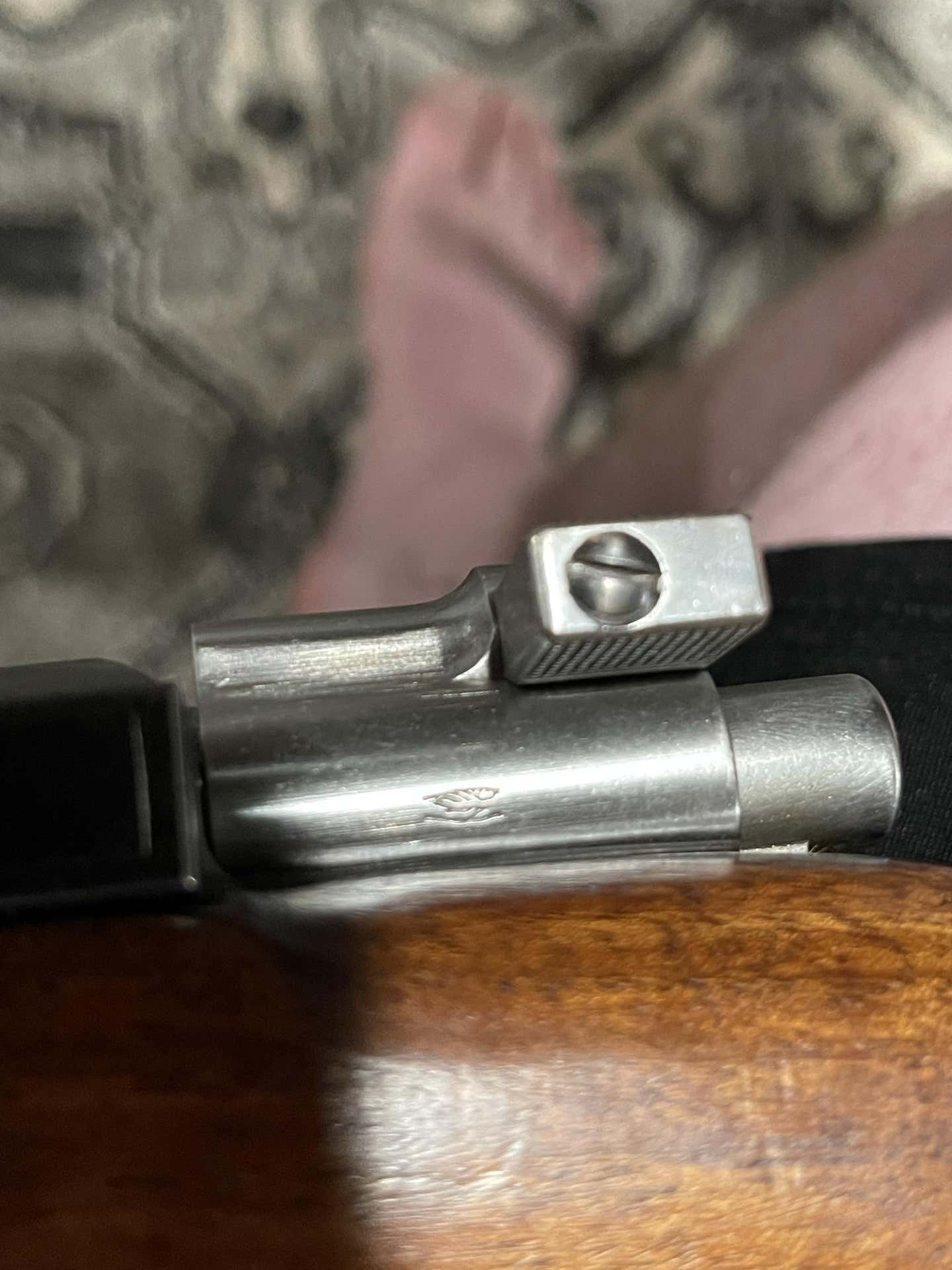
Sent from my iPhone using Tapatalk
























